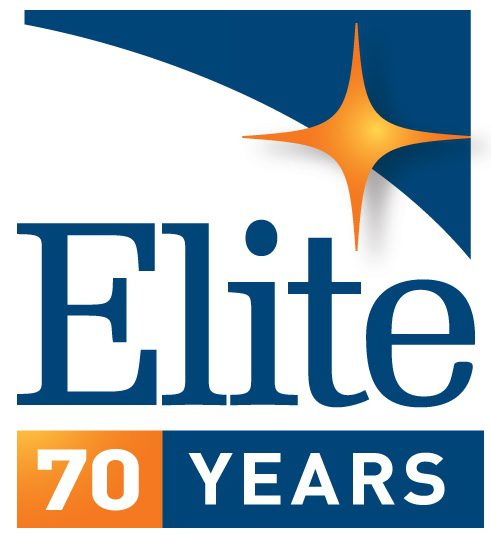August 22, 2022
Anyone visiting an airport has seen the constellation of lights on the airfield. Runway and taxiway lights, obstruction lights, approach lights, beacons, and more. They look like holiday decorations from a distance, but they’re a vital part of aviation safety.
The critical role these lights play in the safety of aircraft landings and takeoffs requires that rigorous standards be met. In the US, the Federal Aviation Administration (FAA) accepts third-party certification under the Airport Lighting Equipment Certification Program (ALECP).
Elite is one of two test labs accepted under ALECP. Elite’s FAA Program Administrator Brad DeGrave leads the FAA Airport Lighting Certification Team and explains the tests along with Elite’s role.

“Elite has been accepted by the FAA as a Third-Party Certification Body, which means Elite can determine compliance to the FAA’s Advisory Circulars (AC) through testing, and if the equipment meets the standard, Elite can issue the Certificate of Conformance that is submitted to the manufacturer and the FAA.”
Elite’s certification activities aren’t limited to its own lab, Brad explained. “We can also witness testing that requires special equipment and is performed at the manufacturer’s site, and if requirements are met, we can then issue the Certificate of Conformance. As a certification body, we are also responsible for conducting the required audits and inspections of the manufacturer’s facility.”
FAA AC 150/5345-53D is the ALECP’s guiding document. Each piece of equipment has an AC to outline the design and test requirements, which include photometry, environmental, and electrical testing. All of this is in the service of assuring that aircraft can see consistent airfield lights in all conditions.
Another piece of equipment that is certified but not on the airfield is obstruction lighting. This equipment must operate at up to 95% relative humidity, and survive winds of 150 mph, wind-blown rain, salt fog, and sunshine exposure. Covers must meet specific color requirements. The control equipment for the lights needs to meet similarly harsh requirements.

Elite’s photometry lab measures light intensity levels, flash rates, color, and beam spread, characterized by both daytime and nighttime levels. Each type of light has specific photometric requirements depending on its intended use. These types of lights include runway threshold lights, runway end identifiers, and in-pavement lights for runways and taxiways. Similarly, airfield signs must meet FAA specs for visibility and environmental durability.
As one of only two test labs accepted by the FAA to issue airfield lighting equipment certifications, Brad and his team are critical links in aviation safety.
For more information, contact Elite to ask about photometry lab capability and put Brad’s team’s experience and expertise to work for you.
